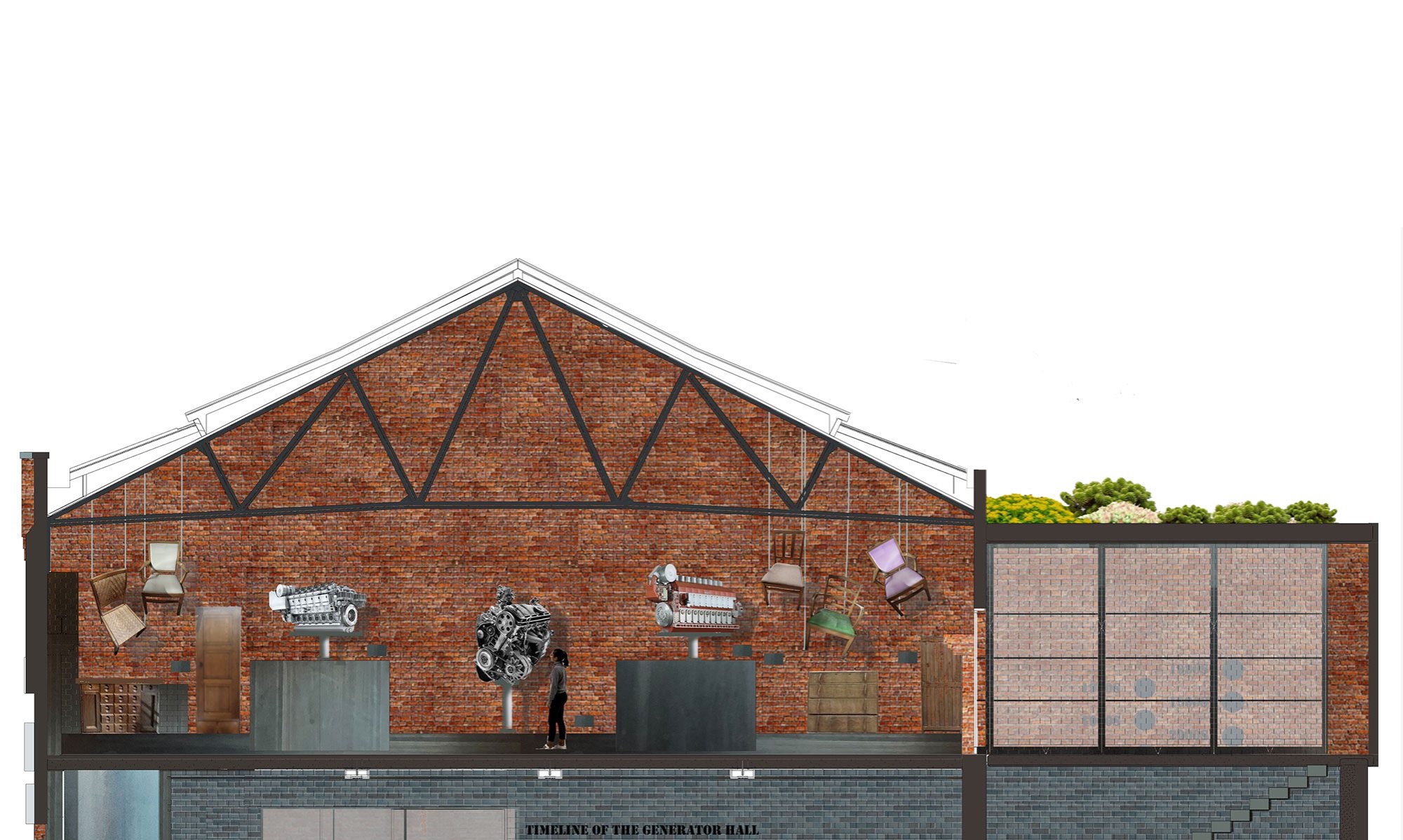We think of sustainability as integral to good design.
It comes as standard with all we do, and is never regarded as an add-on by us. We aim to make architecture naturally responsive to the environment in which it is located. Using light, water, and wind for example, can radically lower the energy consumption of a building. By studying traditions found in different parts of the world such as China, Iran, India and Africa, and applying the lessons using modern techniques of analysis, contemporary architecture can be sustainable, beautiful and elegant. Whether the aim is to capture a breeze or cool a terrace, there are many ways nature and the application of physics can help.
Hotels and holiday resorts are large consumers of energy as they are in 24 hour operation, and customers demand high levels of servicing, the latest technology, and the highest standards of comfort. High levels of comfort are currently linked with a soaring exploitation of natural resources, such as water and construction materials, as well as the consumption of vast amounts of energy from non-renewable resources.
It is therefore vital to tackle the predicament at the design stage to allow future hotel guests to act out of choice rather than by enforced rules, or deceiving perceptions of ‘being green’.
Whereby in the domestic and commercial property environment a demand on the consumer can be made more drastically, the hospitality industry faces an even greater challenge in predicting occupants’ behaviour. Therefore saving energy, water and further depleting resources in the hotel and resort industry cannot initially be dependent on the occupant. A sustainability strategy has to be established at design stage.
We work with consultants who share our philosophy and who can offer custom made advice to create a synergy between quality, comfort and sustainability.
These are some of the vital and effective steps that we believe need to be considered:
Carbon saving:
A carbon saving strategy should be developed, targets should be set, and energy use displayed, albeit in an aesthetically pleasing way, visible for staff, guests and contract maintenance personnel. Passive measures should be implemented to reduce the need for cooling and heating.
Sustainability features will be designed in from a very early stage:
Buildings should have excellent thermal performance and be finished with breathable materials and paints to provide an excellent indoor air quality.
Assessibility:
Guests should where practical be encouraged to walk rather than use lifts. Staircases should feature prominently and be invitingly designed.
The concept of Accessibility enabling access for people with disabilities, or special needs, through the use of planning and/or assistive technology must be made available throughout the premise.
Energy saving should be non-occupant dependent:
Whether it is a newly built complex or a refurbishment, intelligent control systems can save a vast amount of energy. These systems not only include lighting, heating and cooling controls but also monitoring systems to check whether installations work correctly and most efficiently.
Sustainability features should be adaptable and anticipate future needs:
Whether a stand-alone building or a larger resort, any future or present neighbouring developments, should be considered when integrating renewable technologies. Environmental strategies should also include ecology, water, transport links and infrastructure, disability needs etc.
Sustainability should be used as a marketing/ tool:
Hotels and resorts have an excellent opportunity to educate and prove that sustainability measures can have a positive effect on the health and well being of people without compromising comfort and luxury. Green certification schemes such as the Green Tourism Business scheme should be adopted.
Water:
Water saving features and water recycling should be included without compromising comfort and luxury.
Green Fitness:
Green Fitness is a concept that has a potential to be developed particularly for Health Spas, but has a place in any hotels’ pool and gym area. This concept includes chlorine replacements and rainwater pools, energy creating fitness machines, energy efficient lighting etc.
Post occupancy monitoring:
As part of the environmental and sustainability approach every hotel or resort should have an environmental user guide, waste management and sustainable purchasing policies. Any disposable items from corporate suppliers should be minimised. Food should be sourced locally supporting the growers / farmers in the community thus sustaining the local economy.
Post occupancy monitoring:
A great deal can be learned from the behaviour of occupants in terms of energy conservation. The monitoring of behavioural patterns of staff and their energy consumption can allow intelligent systems to optimise energy efficiency leading to cost savings.
Credit where it is due:
This text and the thinking that informs it is principally the work of Kirsten Priebe who is a passionate and talented environmental designer, photographer, film maker and thinker. She currently has a range of projects including work for the Passivhaus Trust promoting Passivhaus standards for the UK housing market. Visit her photography consultancy at ArCreation.
